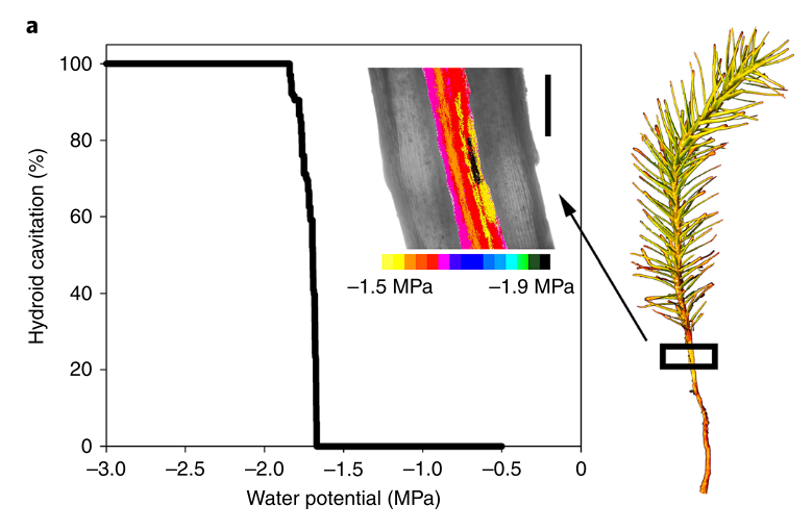
Advanced vascular function discovered in a widespread moss (Nature Plants)
In order to grow upwards into the dry atmosphere, plants need to keep their elevated tissues hydrated and functional. In vascular plants this is achieved by a lignified water transport system in conjunction with stomatal regulation of gas exchange and the encasement of photosynthetic tissues in an impermeable…

Review: Evo-physio: on stress responses and the earliest land plants (J. Exp. Bot.)
Streptophytes are a grade of mostly freshwater algae that transitioned into land, a singularity that in turn gave rise to all present terrestrial flora. This passage along the hydrological gradient that culminated in land habitation required key adaptations to overcome previously unencountered terrestrial…
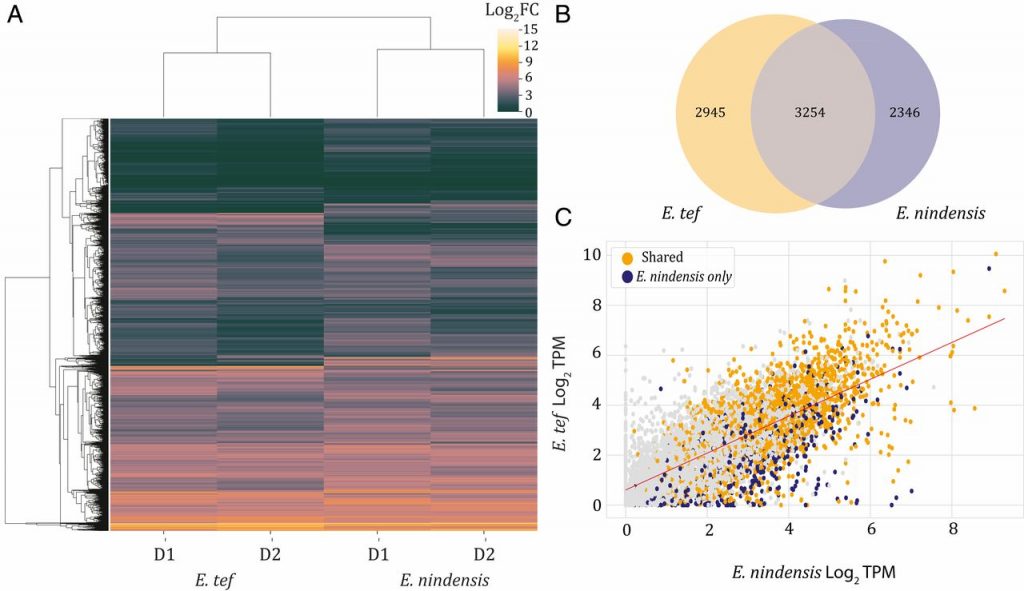
Intertwined signatures of desiccation and drought tolerance in grasses (PNAS)
Desiccation tolerance (i.e., the capacity of surviving with very low water content) is widespread in seeds and pollen, but quite rare in vegetative organs. Most authors agree that in angiosperms it originated multiple independent times from rewiring seed desiccation tolerance pathways. Here, Pardo et…
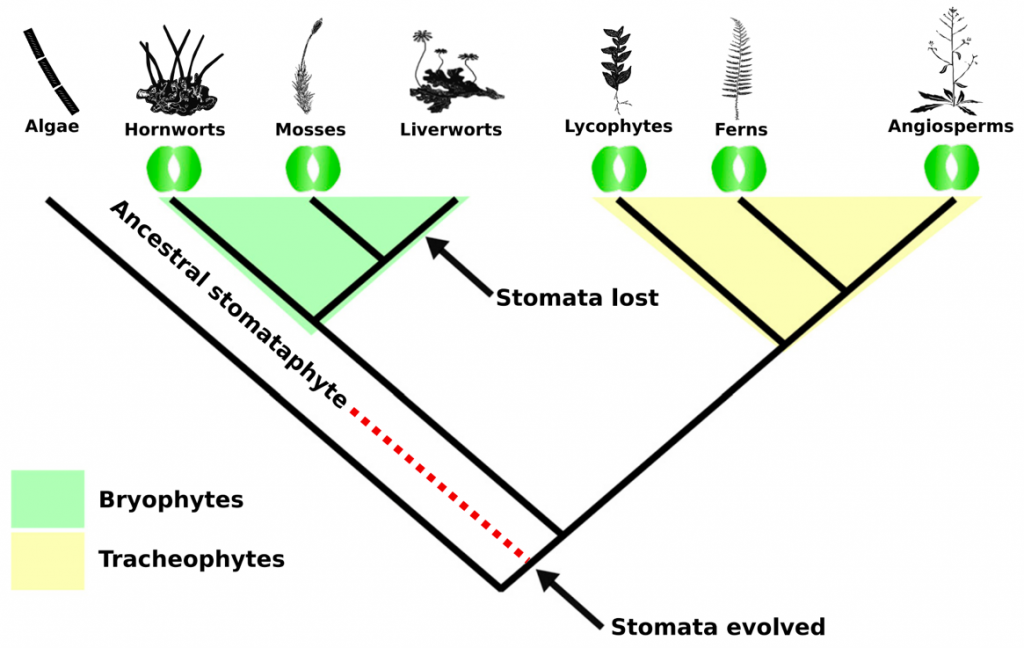
Phylogenomic evidence for reductive evolution of stomata (Curr. Biol.)
Colonization of the terrestrial environment by land plants (embryophytes), a monophyletic clade that evolved from freshwater streptophyte algae, forever changed Earth by transforming biogeochemical cycles. The evolution of stomata was a key adaptation that allowed the colonization of terra firma. Present…
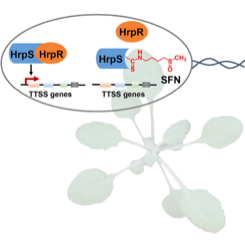
A plant secondary metabolite selectively targets bacterial pathogenicity (Cell Host Microbe)
Plants have a variety of secondary metabolites that are associated with defense against pathogens, but the mode of action of such metabolites is poorly understood. Wang et al. revealed that the Arabidopsis secondary metabolite sulforaphane (SFN), which is derived from aliphatic glucosinolate, suppresses…
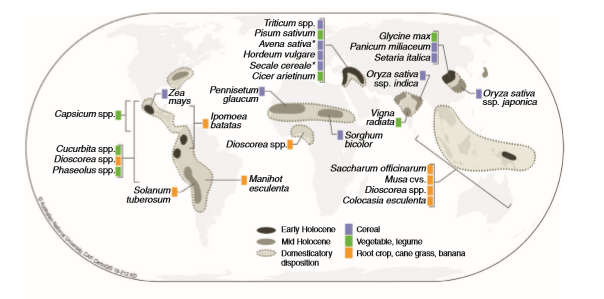
Review: The domestication syndrome in vegetatively propagated field crops (Ann. Bot.)
Archeological remains and genetic analyses of ancient DNA have revealed that the loss of seed dispersal marks the onset of domestication for sexually reproduced crops such as cereal, legume and oils seed crops, for which annual cultivation is based on sowing seeds. In contrast, less is known about the…

miRNA-mediated lateral inhibition controls rhizoid cell patterning in Marchantia polymorpha (Curr. Biol.)
In multicellular organisms, the patterning of different cell types in spatial arrays is regulated through several mechanisms, one of which is lateral inhibition, a process well characterized in metazoans. In this process, an individual cell transmits signals to neighboring cells to instruct a different…

Plantae Presents: Detlef Weigel and Remco Stam
Due to the COVID-19 pandemic many seminar series and conferences have been canceled or postponed. In response to this, and to make sure plant scientists can continue to communicate their latest work to their peers, The American Society of Plant Biologists launched a virtual seminar series via our online…
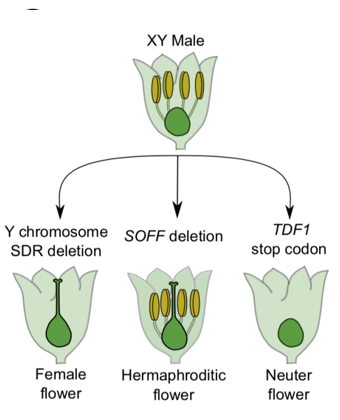
Sex chromosome evolution in asparagus (Plant Cell)
Separation of male and female flowers on different individuals, called dioecy, has evolved independently many times in flowering plants from hermaphroditic ancestors. A long-standing theory predicts that specialized X and Y sex chromosomes can evolve in dioecious species when mutations occur in two tightly…

